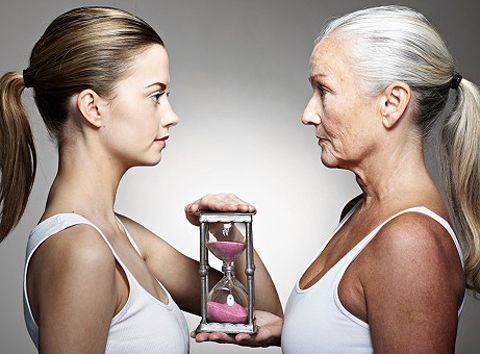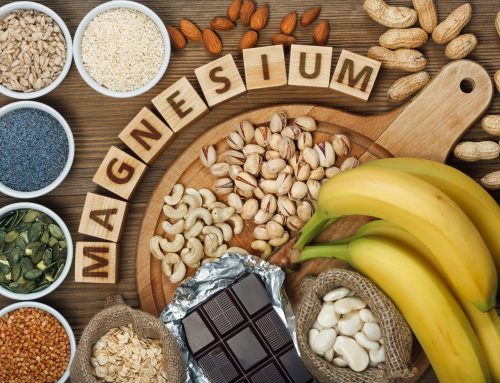Age? Is it just a number or a mind thing? Yes, the body endures stresses on a daily basis as we grow older and things wear out on us. But can we age gracefully or do we have to accept it?
Can you say what you are doing now, you will be able to do in 20 or even 30 years’ time from now? If we train sensibly, make bullet proof joints and work on our weaknesses emotionally, physically and nutritionally, this shouldn’t be a problem.
We all know that our bodies change as we get older and some even wear out quicker than others. Is it genetics that plays a role? or are we masters of our own destiny and we control our environment and influence it this way?
You have seen the older generations and even people your own age get weaker, stiff and lose the ability to do the things they love. Whilst the average person will slowly lose capabilities for most of their adult lives due to lack of movement and incorrect training, there are 3 simple strategies to maintain and even improve what your body can do as you get older.
1. STRENGTH
When thinking of someone that is old we think of frail people in nursing homes, on walkers and sitting in an armchair. As we age there is a definite decline in strength however the age at which this sets in and the severity of the decline will depend largely on a person’s exercise habits. A person that sits all day and does very little exercise will be weaker than someone that is a lifelong exerciser. Research has shown that mortality has direct correlation with strength and in that quadriceps/thigh strength.
So, whilst you expect some loss of strength as you get older, as long as you continue to exercise consistently, you could be doing things at 80 that most people in their 20s would dream of!
2. FLEXIBILITY
Loss of flexibility isn’t something that is specific to the elderly. This happens from the very young to the very old. The decline past the age of 55 or so is significant enough to mention. One study showed that a decrease in shoulder flexion is of 5-6 degrees per decade with hips at 6-7 degrees per decade.
This equates to a significant amount if measured over several decades of life. Even if you are flexible imagine if you lost 20 degrees of flexion of any joint.
The good news is that this can be retrained with flexibility and movement patterning. You can work on restoring joint range of motion as you get older and regather some flexibility that you had when you were younger and even improve on what you had previously. Just remember you need to hold stretches at least 30 seconds (Yin Yoga) and more to help lengthen the muscle spindle fibers and junctions and lengthen the innervating nerves.
3. IMPAIRED MOTOR CONTROL
The third challenging area to overcome is impaired motor control such as balance. This is the most substantial as it is what is responsible for older people losing balance and falling and poor coordination. Here at Neurohealth we use specialized equipment that can measure one’s weakness in their balance system and highlight your likelihood of falling and the risk you may have.
Motor control is what allows you to put your flexibility and strength into controlled motion. It’s something that people of all ages struggle with because it is typically not emphasized in your typically gym program.
Training your proprioceptive system is very important to every individual as if you fall at an elderly age you’re likelihood of bouncing back from that fall is poor especially if you fracture your hip bone.
If you would like more information or would like to book an appointment at Neurohealth Chiropractic – please call the clinic on 9905 9099 or email us admin@neurohealthchiro.com.au or fill in the contact form from our website www.neurohealthchiro.com.au
Sign up to receive Neurohealth Chiropractic’s Free monthly health newsletter on the Right Hand Side of this page. Filled with great information and lots of easy health tips to keep you at Optimal Health!




